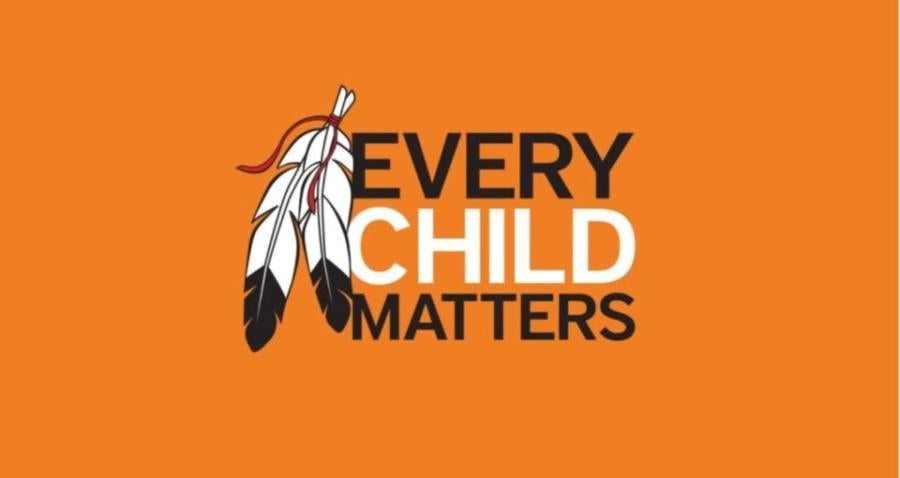It is time to evaluate the effect of external funding on indigenous people. Based on information from North America, Oceania, Australia, and Scandinavia, we can conclude that throwing money at the problems of indigenous people does not improve their situation; it merely increases their dependency on the funding source.
The Copper Indians of Northern Canada have long occupied lands considered by Canadians essential to their national security. To win the allegience of these people the government invested considerable sums of money in the area. Resources were brought into the region and distributed freely or at subsidized costs. The results are not the paradises anticipated by the planners. School children now have enough money to purchase a soft drink and a candy bar every day, while government supplied dentists are paid for each rotten tooth they pull. This example is representative of widespread cultural disintegration which has occurred as a result of state funded welfare activities in Oceania, Australia and the United States.
In the Horn of Africa, Issa Somali herders find it increasingly difficult to graze their herds on existing pastures as their populations increase and as agricultural colonists are moved onto their land by the government. Now, during the driest months of the year, herders crowd into refugee camps in Somalia and Djibouti - along with legitimate refugees - to receive international assistance. The camp is but another facet of an already complicated survival strategy. For these pastoral nomads the camps represent another well in the desert - the well-fare state.
It is understandable that tribal people take advantage of such benefits even if they result in long-term, negative consequences. The exclusion of these people from most benefits of the expanding national societies - an expansion often based on the usurpation of resources from the tribal people - understandably causes them to latch onto whatever benefits from the dominant society they can. The give and take process introduced through welfare-like programs has shifted the relative focus of assistance from self-sufficiency to dependence.
A closer examination of newly created dependent groups can provide us with numerous insights into policies that should not be repeated.
The "benefits" offered by externally funded programs can quickly undermine such values as respect for local leaders, economic self-sufficiency and local problem solving. Social disintegration is soon to follow.
If money is to be constructively applied to the problems of indigenous peoples, funders should have a thorough understanding of specific groups and the way the group is organized. Governments and assistance organizations have their own project priorities which may not reflect the needs of indigenous peoples. They often want to invest amounts which, while small from their point of view, split incipient indigenous organizations into competing factions. (There are probably no more than a handful of indigenous organizations that could receive a grant of $100,000 without severe factional disputes resulting. Yet even that figure is so small that it is usually not considered a project worth the time of such agencies as the World Bank or the US Agency for International Development). Outside funding organizations rarely understand the internal politics of indigenous groups. They do not know if the people they are funding are actually supported by the group they purport to represent.
Given the fiscal constraints of governments and indigenous support groups alike, doesn't it make sense to spend what little money there is in ways that accomplish the most, that are not socially disruptive and that actually encourage self-sufficiency and the integrity of indigenous cultures? It is time that we give more thought as to how external sources of funds can be used to enhance indigenous cultures rather than destroy them.
Article copyright Cultural Survival, Inc.



